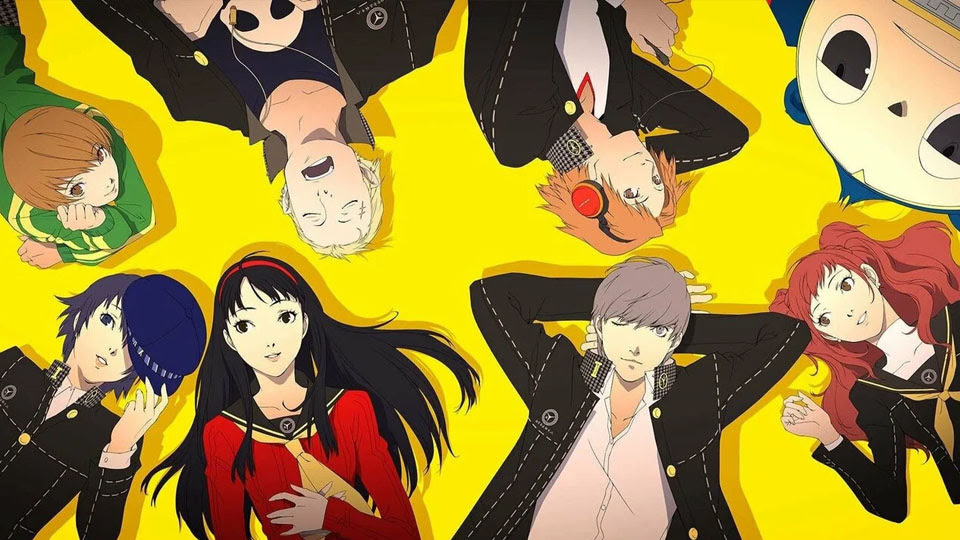Is Shin Megami Tensei better than Persona? Shin Megami Tensei V is one of the biggest Nintendo Switch games to launch this year. For many, it will be their first experience with the landmark JRPG video game series, but not the Shin Megami Tensei name itself.
Over the decades there have been various spin-offs, including the wildly popular Persona franchise. Naturally, fans of the genre are curious whether Shin Megami Tensei is better than Persona.
To help answer this question, we’re here to analyse how the two compare and contrast. To be more specific, we’ll be listing the key differences and similarities between the two, so that Persona fans coming into the series with Shin Megami Tensei V know what to expect from it. JPRG fans who have played neither series should also get a better grasp on which of the two might be worth playing first.
Are Shin Megami Tensei and Persona set in the same universe?
While there’s some crossover with the 1994 Japanese-only title, Shin Megami Tensei: If…, and the original PlayStation Persona games, there’s no concrete connection between the broader world of Persona, and the various settings of the mainline SMT games.
In fact, it’s entirely debatable as to whether many of SMT’s own titles take place within the same universe or not. There’s been plenty of fan theories and discussion about how each entry could theoretically co-exist, but at the time of writing Atlus has yet to release or acknowledge an official timeline.
Does Shin Megami Tensei play like Persona?
To an extent. Much like in Persona, you’ll be recruiting demons just like how the player recruits new Personas, only in the mainline entries these demons are physical beings that make up the player’s party, with the protagonist’s usually fighting alongside them.
The fusion system is also present in SMT and works almost exactly as it does in the Persona titles. However, progression and exploration are quite different. In SMT, areas are much more open to exploration than in recent entries like Persona 5, and oftentimes dungeons are more complex and labyrinthian, filled with elaborate puzzles and traps that need to be carefully navigated.
At a glance, the battle systems are similar, with spell names, creature designs, and weakness exploitation being shared between Persona and SMT. SMT’s combat is typically described as being more punishing, and this can partially be attributed to its Press Turn system, which would eventually be modified for Persona as the One More mechanic.
In SMT, each turn starts with up to four actions for the player, which converts to one action per party member currently in battle. Using a normal attack or a buff/debuff spell uses a single action, but an additional action can be gained by landing a critical hit, or hitting a weak point with a spell, increasing the maximum possible number of actions to eight per turn.
Conversely, an attack missing or being nullified means that two actions are lost as opposed to one, while an attack being absorbed or reflected uses up all the remaining available actions. It’s a high risk, high reward system that can be startling when first transitioning from Persona’s comparatively more forgiving combat flow, especially when factoring in the lack of All-Out Attacks.
A lot of basic knowledge from Persona’s combat can certainly be reapplied to SMT, but each has its own nuances that differentiate them.
How does the storytelling differ?
Mainline SMT’s approach to storytelling is a world apart from Persona. While SMT has no shortage of interesting or memorable characters, interactions with those characters take a backseat to conflicts of clashing ideologies and moral values. Character interactions are often sparser, with the hours of text seen in Persona being juxtaposed heavily by more minimalistic and interpretive narratives.
While the stories of the Persona games are more focused on interpersonal relationships, and facing adversity in pursuit of altruism, SMT usually leans on topics of moral values, and extremist personal philosophies, not too dissimilar to what Persona 5 Royal fans will have experienced with the Maruki character from that title.
From what we’ve described, it’s likely apparent that the modern Persona games and most of the SMT entries are quite distinct from one another. Hopefully this article has shined some light on how different these two entities can be despite their intrinsic connection. Even if Shin Megami Tensei potentially sounds off-putting, it’s still well worth at least trying out with an open mind. It’s no substitute for Persona, but it’s still a special series in its own right.
